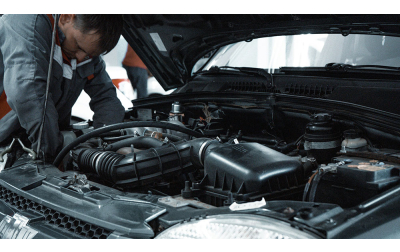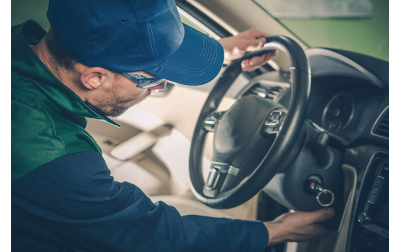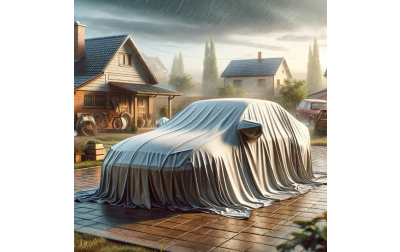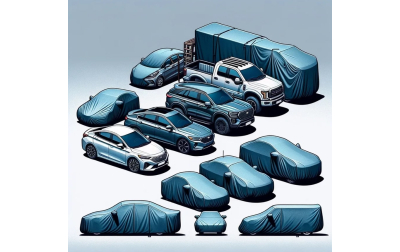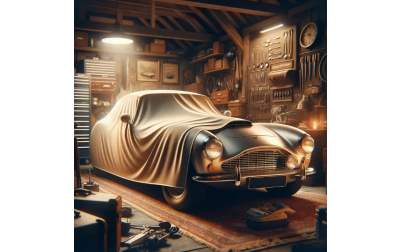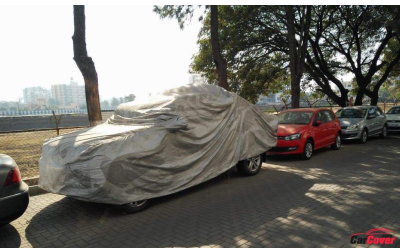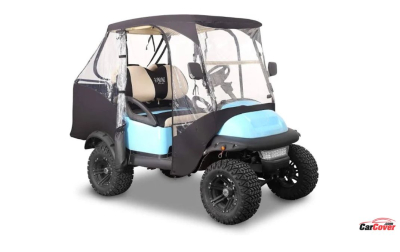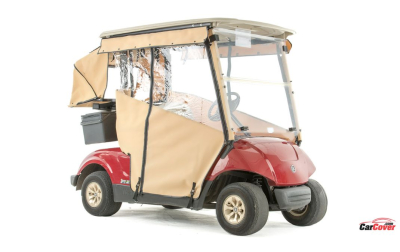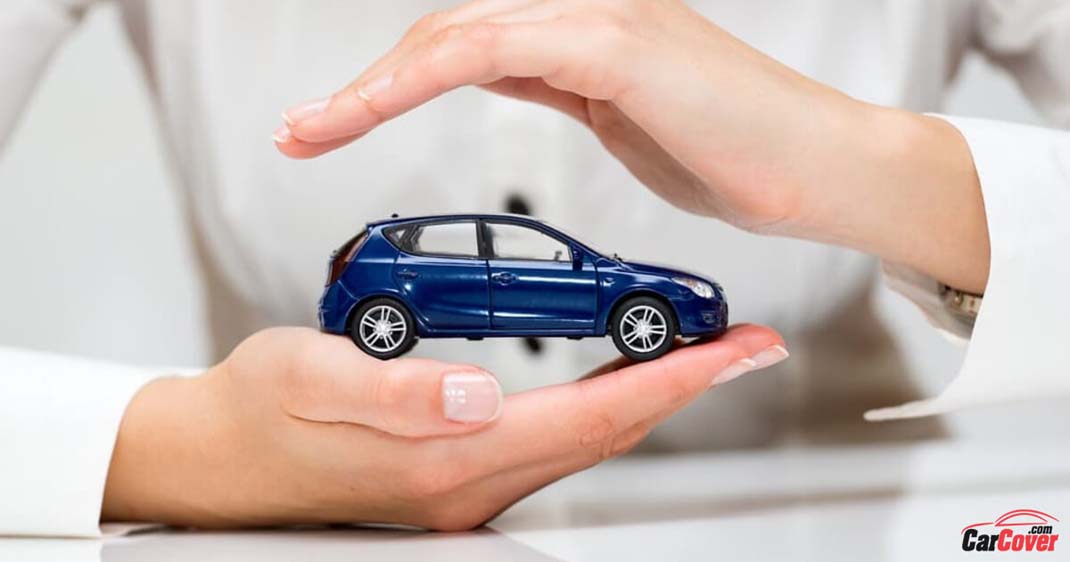
12 Tips Protecting Your Car from Daily Damage
Similar to human legs, an automobile is a means of transportation. If we know how to utilize them and take care of them properly, they will last a long time; conversely, if we do not take care of them, they will be easily broken. We deal with a lot of issues every day, and occasionally we can't always be by our car's side to defend it. Let's join with carcover.com to analytics 10 suggestions for daily car protection.


Classifying Vehicle Damages
There are many types of damages that your vehicle can encounter, whether minor or severe.
1. Minor Damages
These are the most common, yet they’re also the easiest to repair. Minor damages are scratches, dings, and scrapes to your car.
2. Moderate Damages
Although moderate damages are common, they’re not as frequent as minor ones. Moderate damages include dents to the car. Dents can sometimes cause other problems, such as the inability to open your car door.
3. Severe Damages
Severe damage is rare and hard to repair, if repairable at all. It includes broken axles and bent frames, and in most cases the airbag becomes deployed.
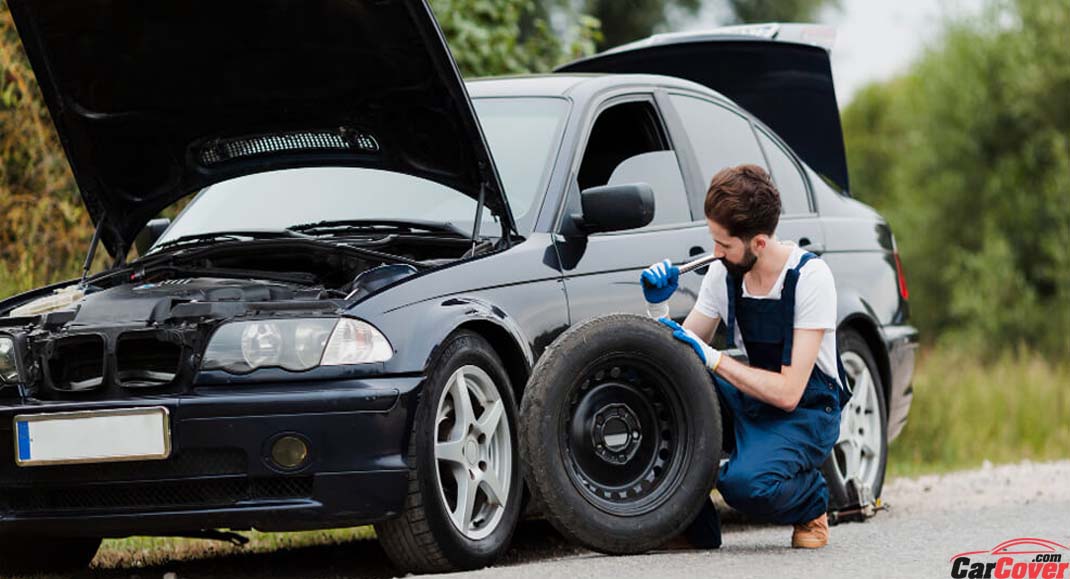

What Causes Damage
There are many reasons why a car is damaged. It could be from the harsh outside environment or from subjective errors of the car owner.
1. Weather Related Damage
Serious weather damage can include hail. It can destroy your car in the blink of an eye and heavy rain accompanied by strong winds can cause a tree to fall onto your car. Or it could be that long-term high humidity causes your car to rust and the protective paint layer to peel off. Or hot weather with UV rays can also damage your car's paint exterior and interior as well.
2. Dings and Dents
Dings and Dents are damages on a vehicle's body that occur when one car collides with another or a stationary object. The good thing about these damages is that most of them can be repaired. Techniques like paintless dent removal can be useful for fixing dents without repainting. For larger dents, you will need a skilled mechanic to assist you in addressing the issue.
3. Paint Scratches
Parking lots are actually some of the most dangerous places for cars. Careless shoppers can bump your car with their shopping carts, leaving marks on your vehicle. They can also make scratches, when mindlessly opening their car door. You can repair most marks by rubbing them out. Scratches can be repaired with body filler, as well as computer-matched auto painting.
4. Collision Damage
Vehicles can cause severe damage to each other, sometimes, at relatively low speeds. A collision can result in a bent frame, which reduces the structural integrity of a car. This kind of damage can be repaired with a computer-aided machine that pulls the frame straight.
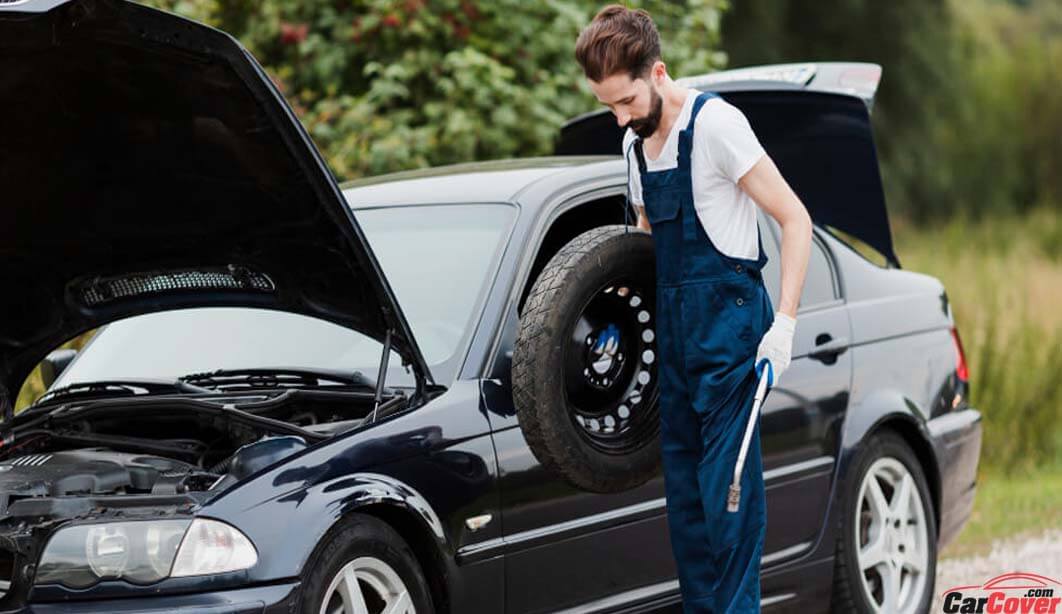

How to Protect Your Vehicle from Daily Damages
Here are 10 tips to prevent your car from getting damaged in parking lots and other places:
1. Using the handbrake correctly
This is one of the things that many drivers get wrong, especially those with weak steering, including women.
Although it is known that engaging the handbrake when parking is a mandatory maneuver for drivers, some automatic transmission drivers, when parking, often put the gear lever in the P position before pulling the handbrake. This causes the weight of the car to be transferred to the gearbox, which can lead to damage to internal components over time.
Therefore, the advice we want to remind you of is that if you want your car to always look as good as new, remember to pull the handbrake before putting the gear lever in the P position.
2. Use a Car Cover
Using a car cover is considered a smart solution. It not only helps protect the car's paint layer as well as the car's interior from weather factors, making your car look like new, but also prevents unwanted accidents. For indoors, you only need to use a regular indoor car cover, but for street parking, you should choose a waterproof cover to ensure your car is safe after every rain.
3. Clean The Interior
When you leave your car, take all trash with you. This will prevent unpleasant odors and prevent mold from forming inside your car. Once a month, clean the inside of your car using specialized car cleaning tools recommended by your trusted shop or car manufacturer.
4. Spark Plug Care
Some experienced mechanics advise considering spraying oil into the plug sockets if you plan to leave your car for an extended period of time. It not only prevents moisture but also prevents the cylinder head from rusting. You can also use fuel additives that protect the internals of your engine. However, this should only be done if you have a good understanding of how the vehicle works.
5. Fill Up The Fuel
Rust is one of the common problems when the car is left for a long time. You should make sure your vehicle's is always full of fuel. When the fuel is full, it ensures that air does not get inside and does not cause rust, also I recommend using good quality fuels.
6. Use Paint Job Protection
There are many ways to protect your car's paint. You can use a car cover as I mentioned above, or refer to the method of applying paint protection film. You need to take measures to protect your car's paint layer. Over time, if not properly maintained, it can easily peel or become scratched.
7. Give Your Battery Regular Maintenance
Next are electrical issues, the battery also needs attention. Consider removing your battery, if your car will be stationary for a long period of time. Make sure that the battery is fully charged and then store it in a cool, dry place, without any direct sunlight. Also, smear grease on the wire ends and on the terminals to prevent rust.
8. Change Oil Filters
Oil filters collect metal filings, sludge and other corrosive elements over time. Consider replacing a new oil filter and new engine oil as specified by the manufacturer or a reputable repair shop. This helps your vehicle limit damage to the engine and fuel filter.
9. Jack Up The Vehicle
If your car is not used for a long time, spots often appear on the tires. You might consider using wooden blocks or four jacks to ensure that the vehicle is supported rather than sitting on the wheels. This reduces tire or axle damage problems.
10. Check The Tires
Finally, check the tires. You need to check whether the tire pressure is appropriate or not. Do not overinflate the tire and do not let the tire be too low. Next you need to pay attention to the tread level of the tire to see if it is suitable for traveling or not? Tires are the parts that come into direct contact with the road surface when moving, so they need to be carefully cared for and inspected.
Also may you like 10 steps to change a spare tire and important notes to know
11. Wash Regularly
A common way that most people do is to wash their car regularly, both outside and inside the car. It not only helps aesthetically but also avoids dirt and oxidants in your car. My advice is that you should use specialized detergents and smooth car wipes to avoid scratching the car's paint.
Related 8 Steps Wash Your Car for Beginners
12. Treat The Stone Chips Immediately
Pebbles and Stone chips are common on the road. Sometimes, they hit the side of your car and cause little chips on the top coat of paint. Or it gets stuck in the tire, which will also be a potential danger when your tire loses more contact points with the road surface and is susceptible to potential accidents. Treating these chips early on prevents the spots from growing and rusting.
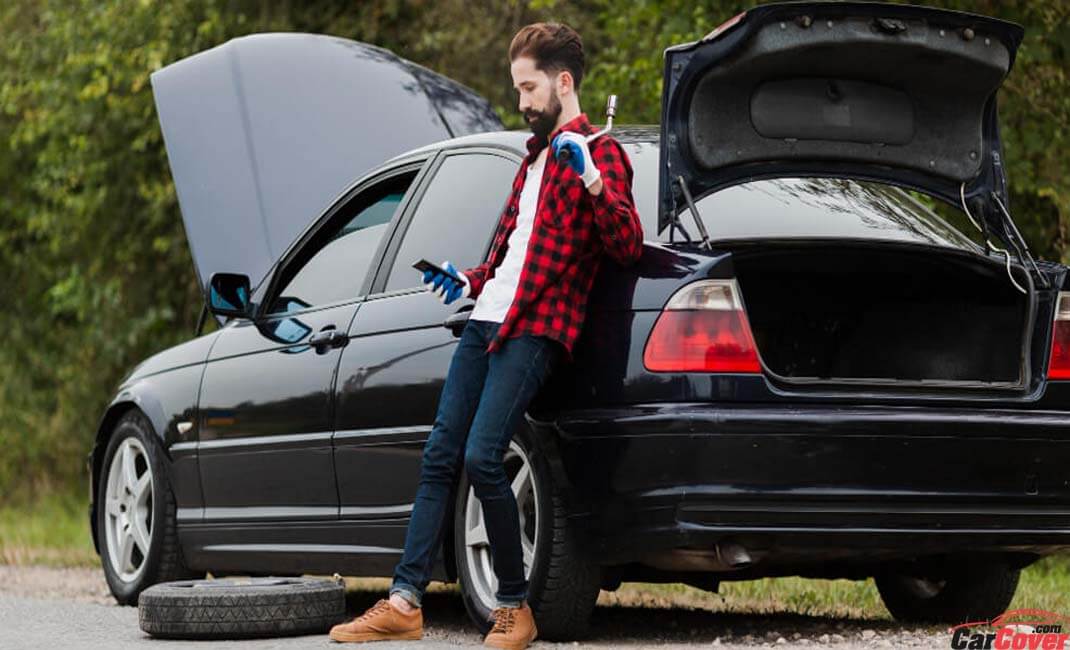

How to Protect Your Vehicle from Damage When Driving
Anyone that’s spent a lot of time driving has probably noticed that some older cars look like new and some newer cars look old. Driving habits and vehicle maintenance, determine a car’s condition over time. These daily driving tips will help you keep your car in better condition…
1. Avoid Potholes
This is obvious, potholes on the road can cause damage to your tires and vehicle axle after just one strong collision. So pay attention to potholes on the road, go slowly and pay attention before avoiding potholes. In case you cannot avoid it, you need to reduce your speed to the maximum and move to a shallow area of the pothole to ensure minimal damage.
2. Pay Attention To The Road
When driving, you should pay attention to the road and carefully observe both the front and the rear. You should concentrate when driving, you have more than 90% chance of being safe.
3. Smooth is Key
Smoothness is the skill and experience of each driver. When braking, you should brake slowly and then stop completely, avoid sudden braking, causing wear and tear on the vehicle as well as poor driving condition for both the driver and passengers.
4. Steer While Rolling
This is the experience of many drivers. You should only turn the steering wheel when the car is moving. When the vehicle stops, you should avoid steering. This will increase pressure on the steering rack and easily damage the steering rack if repeated frequently.
5. Stop Before Reversing
You must always stop driving before switching into reverse. If you aren’t careful, you risk transmission failure.
6. Let Your Engine Warm Up
Another good experience that I want to share with you. Always drive the first few kilometers at a slightly lower speed, so that the engine has a chance to warm up. This puts less stress on your car, keeping it in good condition for longer.
7. Have a Sunshade For Driving On a Sunny Day
On sunny days, use sunshades to protect your car from the intense heat when driving. This is one of the best ways to prevent your car from overheating.


Conclusion
A car is not only a means of transportation, it is also an asset, and for car lovers, it is also a friend. So you need to take appropriate measures to protect them from everyday dangers. Hopefully my sharing about daily car danger prevention measures in this article helps you better protect your car.



